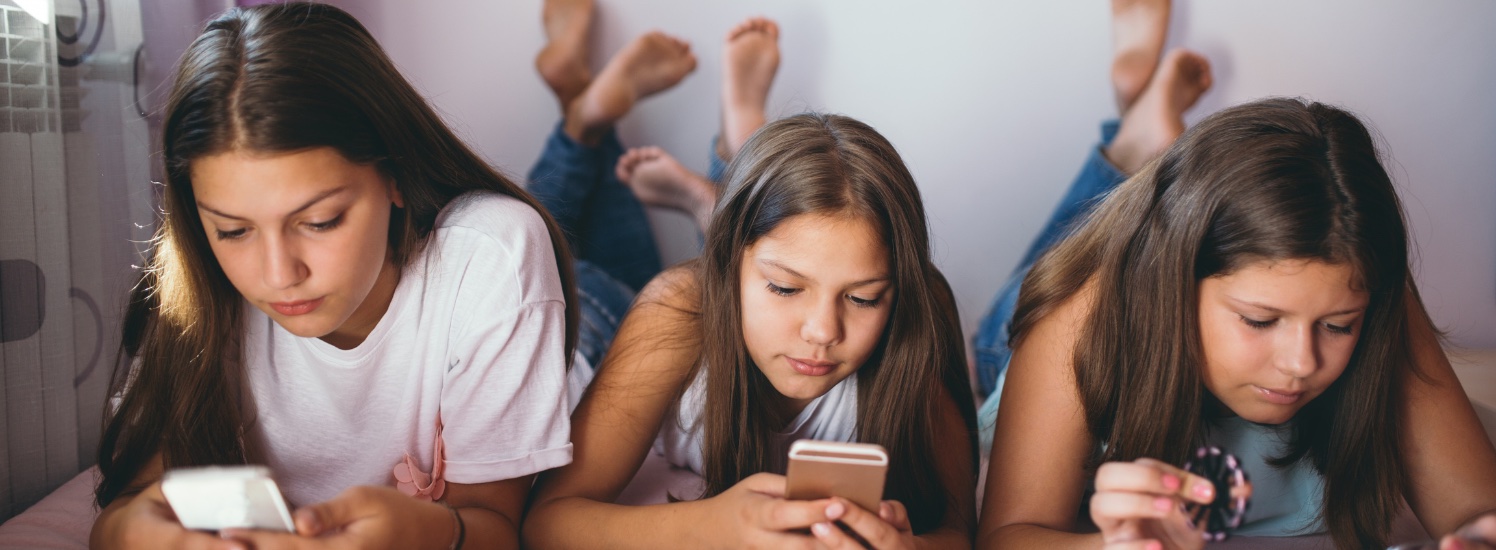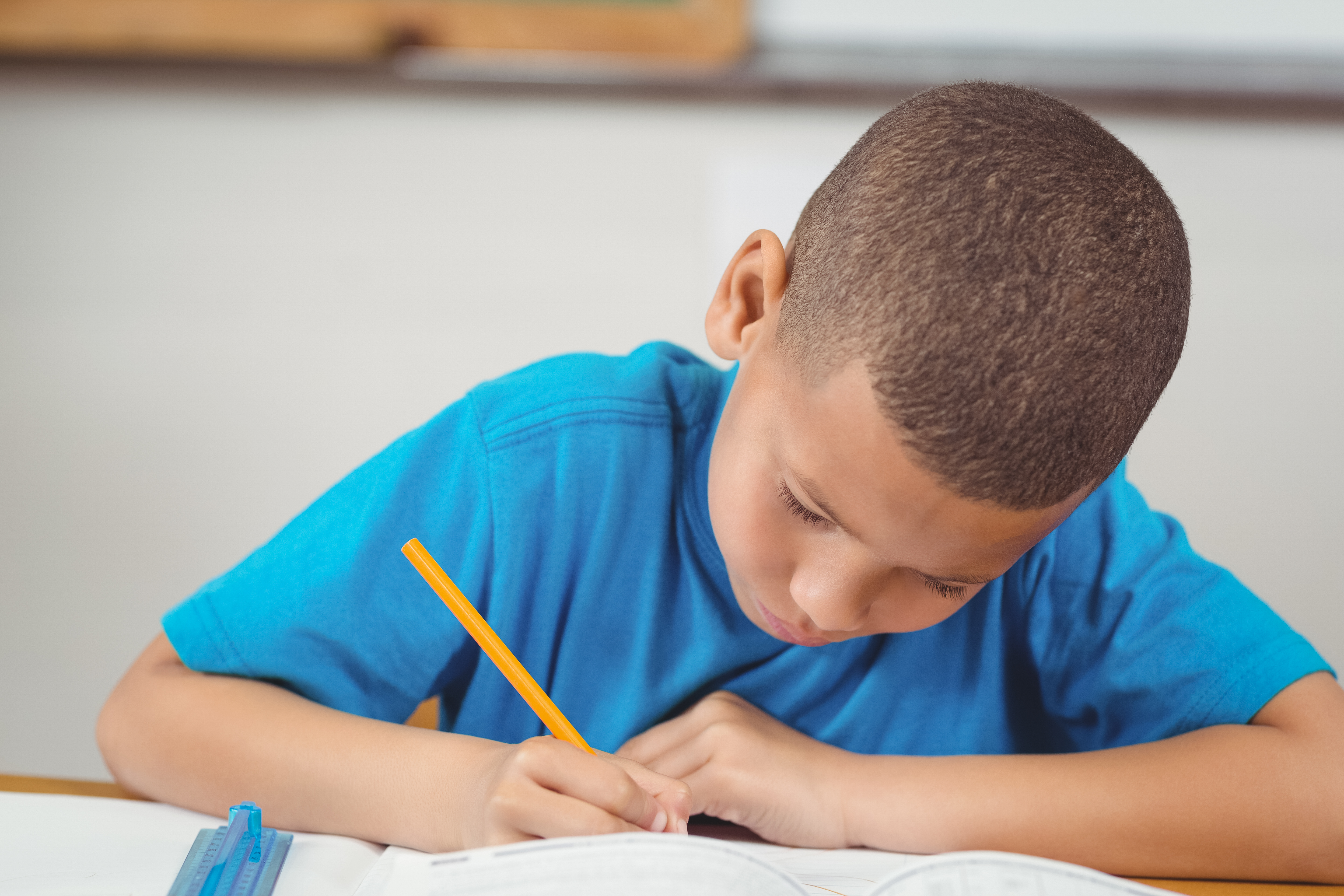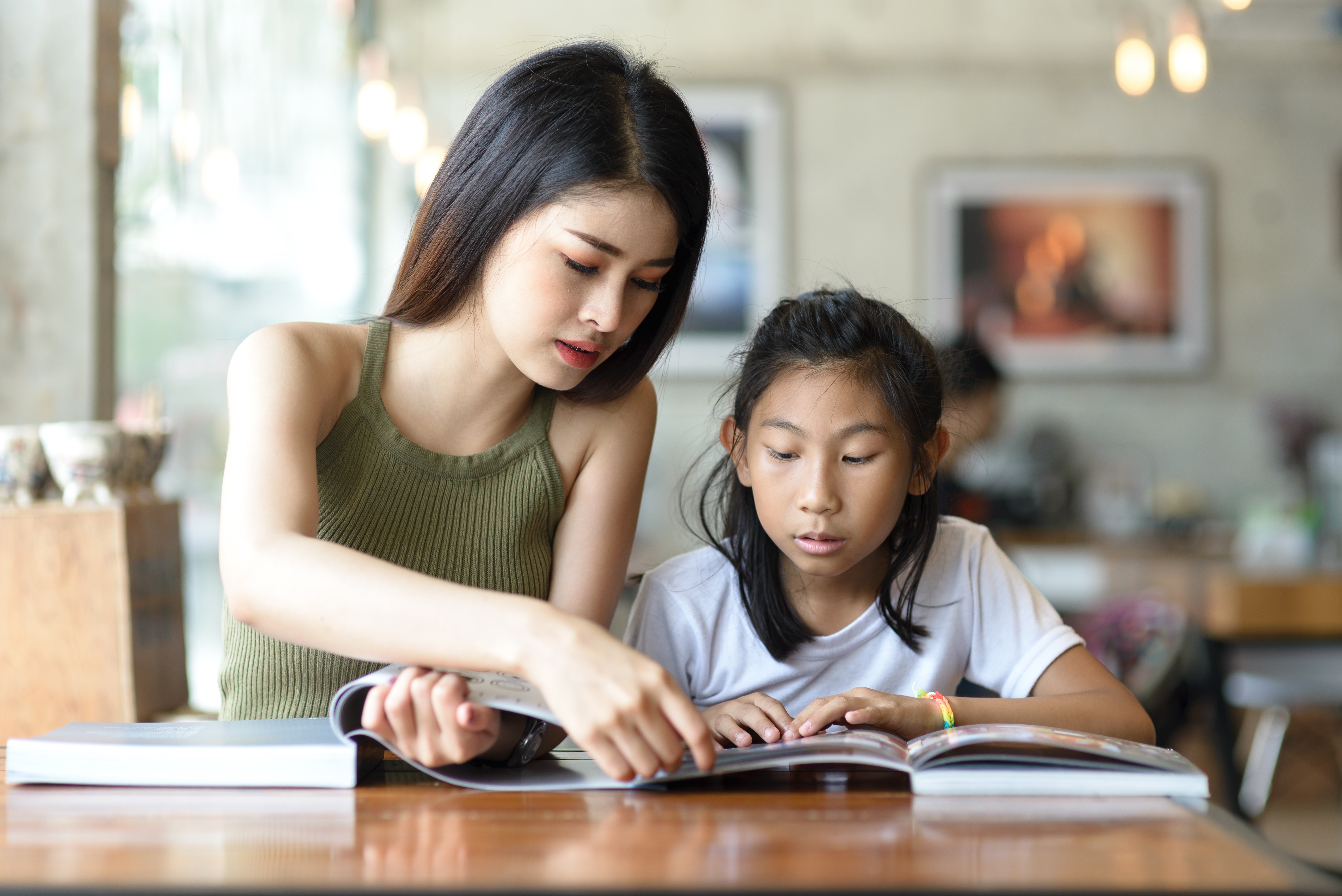Due to the pandemic, classroom accommodations, especially for children with neurodevelopmental challenges, are now even more essential. Accommodations include tips to make learning more “friendly,” thus helping students experience success. Over the years, I’ve found it helpful to organize accommodations using a “3S” System: Sight, Sound, and Space.
When I reviewed my lists recently, I realized most strategies can be implemented in the classroom as well as at home. Since we’re all in different situations right now – full classroom, hybrid, or virtual, please adapt or ignore each suggestion as you see fit.
SIGHT:
1. Color code! Researchers from the University of Iowa reported that information penned in vivid colors is up to 60 percent easier to remember. Folders, bins, pencils, markers, paper clips – use for teaching, remembering, and organizing.
Examples:
● When working on reading, use a different color for each phoneme; e.g. “t” is red, “o” is green, “p” is yellow. The student can easily see that the word has three phonemes or sounds. For a word like “peach” with three phonemes but five letters, write the “p”/yellow, “ea”/green, and “ch”/purple. (choose the colors and appropriate words depending on child’s level).
● To teach reading comprehension, write or type the material using different colors. Then write questions so that the color of the question matches the color of the answer in the text. Errorless learning! My students loved this “game” as they were almost always successful, which in turn increased their motivation (of course, we phased out of the color system as their reading comprehension improved).
● Buy two bottles of sprinkles – confetti type (longer) and the tiny, round type. Then have children add punctuation on a worksheet by gluing the appropriate color (for extra fun, use toothpicks with vanilla frosting for the glue). The confetti sprinkles are for commas, quotation marks, and apostrophes (e.g. blue for commas, red for apostrophes). The round sprinkles are for periods and colons. Lots of sensorimotor activity here too!
2. Use props: One teacher I knew would turn her classroom into a “dinner theater” complete with red checkered tablecloths, fake flower centerpiece, and LED candles. Then she would help students act out a history lesson with props. (e.g. if it was about the Civil War, she would have maps, “swords”, hats, etc.). My grandson’s teacher also uses many props through Zoom. I noticed this enhances my grandson’s attention – and I’ll bet his classmates’ as well.
3. Do a Google search for “classroom posters – free” – or www.reallygoodstuff.com/
classroom posters. Buy or use the posters as examples to make your own. In the classroom, you may put them up on the wall, but don’t use too many at a time, especially if you have children who are visually distractible. You may also consider focusing on one poster just for that day. Enlist parents’ help in making mini-posters on 8x11 in. paper, then have the child and parent put them together into a “poster book” with as many posters as you feel are appropriate. Use glitter, stickers, scented markers, and other fun “adornments.”
4. This tip is especially helpful for students who struggle with reading: Type your lesson with a little more space between words. Studies have shown this technique helps students with reading.
5. Natural lighting has also been found in numerous studies to help overall academic performance. If you can’t find a room with natural lighting, LED lights are better than fluorescent light.
6. Write all assignments where students can see them any time they want.
7. Use YouTube to teach/illustrate. My students loved saying: “Hey Google, shark videos!” or “YouTube – dwarf planets!”
8. Use exaggerated gestures. I knew one teacher who gave homework instructions through wildly exaggerated gestures like Chris Farley’s “In a van by the river” skit. Through all the laughter, guess what? He had the highest percentage of handed-in homework of any other teacher.
9. Provide examples of an excellent finished product.
10. Use large print – this has been shown to help some students.
11. Besides posters and videos, use lots of pictures, photos, and graphs.
12. Graphic organizers (search on Google for “Teachers Pay Teachers”; Cult of Pedagogy offers inexpensive multi-packs of graphic organizers).
13. For students with dyslexia, Helvetica, Courier, Arial, and Verdana have been found to be the fonts easiest on the eye.
14. Use a smartboard if possible.
15. For individual reading time, try turning off the lights and giving each child a small flashlight.
SOUND: What auditory strategies help a child learn? I organize them into “nonverbal” and “vocal/verbal”:
1. Use auditory signals for transitions (ring a bell; notification sound from your phone; song, etc.).
2. Try B-Calm headphones (search on Google for B-calm headphones). These headphones are used to calm a child when in noisy situations, such as a bus ride to and from school. Note: the reviews are mixed. Most of the lower quality ratings concern price ($130), the fact that they come with an iPod-like attachment. Other parents have raved about B-Calm for their children with auditory sensitivities.
3. Improve acoustics/sound treat rooms. Numerous studies have shown that when a room is acoustically treated and sound field amplification is provided, all children’s grades improve. If your class is virtual, ask the parent to try to find a quiet room, and/or use earphones. A sound proof room would be ideal. Of course, in the real world, acoustically treating a room is quite a project. But do what you can. Check out www.classroom-acoustics.com or find suggestions by going to www.asha.org and click on ASHA – bookstore – the Noisy Classroom. In the meantime, easy tips may help: put soft tips (cut tennis balls in half) on the bottoms of chair legs, replace noisy lights or other equipment, put corkboard on the walls, or – tried and true – teach children to keep that bubble in their mouth when others are speaking! (Of course, the mute function is handy when you’re virtual!) Since I’ve bought a hamster for my grandson, I’ve read that hamsters hate loud noises, so I taught both my grandsons to use their “hamster” voices when necessary. You can use “indoor” voice or “quiet” voice – as well. But teach the difference.
4. Amplify: research has shown when the teacher’s voice is amplified, all students’ grades improve. Ideally, all classrooms would have a free field amplification system. However, some schools can’t afford it. Search on Google for “classroom amplifiers for teachers” and check out their products. Most audiologists agree that sound systems and amplification should be in all classrooms, so contact your school’s educational audiologist or your local audiology clinic for more specific info.
5. Tell your child s/he is to teach the material to his stuffed animals, or a grandparent or aunt or uncle. Studies have shown students retain information the best when they teach it. The teacher can record the lesson or give the student a handout to learn to be the “expert” and teach it.
6. Use music and rhythm to teach – go to “music teacher – rhythm” on Pinterest, or Talk It Rock It on Amazon (which will direct you to more items.) You will find virtually hundreds of ideas.
7. Teach rules and good social behavior through songs. If you want a copy of my tried and true 8 “Rules Rock” songs (ages 3-7), all sung to the tune of “If You’re Happy and You Know It” – email me.
8. A teacher’s speaking style (form) is considered an accommodation and tantamount to enhancing attention. A teacher (or parent) first needs to speak with good form (the how of speaking): I used the acronym “RAVE”: R = rate. Too fast and you’ll compromise comprehension. Too slow and you’ll lose attention. Stay at a pace in the middle. A = articulation – say each word using “crisp” sounds. V = vocal volume. Again, not too loud, not too soft. E = expression – Be lively! Use lots of intonation to enhance attention/comprehension.
9. For speaking style with good content, (the what of speaking): my top pick is “validation”. It basically means repeating the child’s thought to show you heard her thought/wish. You don’t have to agree, but your response lets her know she’s been heard. Often that’s enough to calm down even the most frustrated child. Example: One of my preschoolers saw a toy high up on a shelf. “I want that toy!” she screamed. Her mother said: “NO. Sit down and listen to your teacher!” The child kept whining and pointing. I smiled, turned to the child and said: “Oh, you want that toy! That’s a cool toy! We’ll see if we can get it down a little later. Hey, look here – I brought you a puzzle!” She turned to the puzzle and we began our play session. I’ve seen validation work over and over – for all ages!
SPACE: In the era of Covid, this category has changed pretty dramatically! But some are still applicable:
1. Seat child six feet away from the speaker: This used to be a suggestion; now it’s mandatory in most classrooms, as well as staying six feet away from everyone else. Use hula hoops, carpet squares, and masking tape to mark distances.
2. Seat child away from distractions if at all possible.
3. Keep room organized and uncluttered.
4. Creative teachers use an empty seat for the “restless” ones. They let them move to the empty seat just for a change of scenery, and they vouch for this technique. Also, new types of seating have begun to proliferate, such as “wiggle chairs”, standing desks, and footrests to make bodies more comfortable.
I’ve provided numerous suggestions here, but could only scratch the surface – new creative accommodations are proliferating daily! To organize my 3S system, I would often use my own graphic tool. Here’s how:
1. Draw a large triangle.
2. Inside, the triangle, write all the problems/needs you see.
3. On each point outside of the triangle, write an “S” for each area – Sight, Sound, and Space.
4. Under (or over) each category, draw 2 to 3 lines and add a tip you would like to try on each line.
5. Gather/order/make materials if necessary.
6. Over the next 4 to 6 weeks, observe each strategy. At the end of the reporting period, evaluate the success of each tip. Was it helpful? Great. Keep it. Was it not so helpful? Toss it and try another strategy.
7. If you’re trying certain strategies for certain students, use a different triangle for each. Involve the parent!
8. Eventually, you will have your arsenal of successful “3S” strategies.
You can find more tips from the following resources:
● The Power of Validation by Karyn Hall and Melissa Cook www.amazon.com
Even though it may seem our world has shrunk with the pandemic, take heart. With a little creativity, we can still expand our fun, our friendships, and our learning. Enjoy!
Author:
Carol Kauffman, M.A. was a speech-language pathologist for over forty years, supporting children with challenges and their parents through clinics, schools, Head Starts, and home health agencies. For fourteen years, she presented seminars all over the United States on the importance of parent-professional collaboration. She is now the proud grandma of Camden, 6 and Bennett, 4, and is a freelance writer in her spare time. Her first children’s novel, “Crystal Child: The Diamond Star Saga,” is about a girl with ADHD and her twin brother with autism who help heal Mother Earth. It will be available next spring through Fulton Books and www.amazon.com. You can reach Carol at ckauffm1@columbus.rr.com












